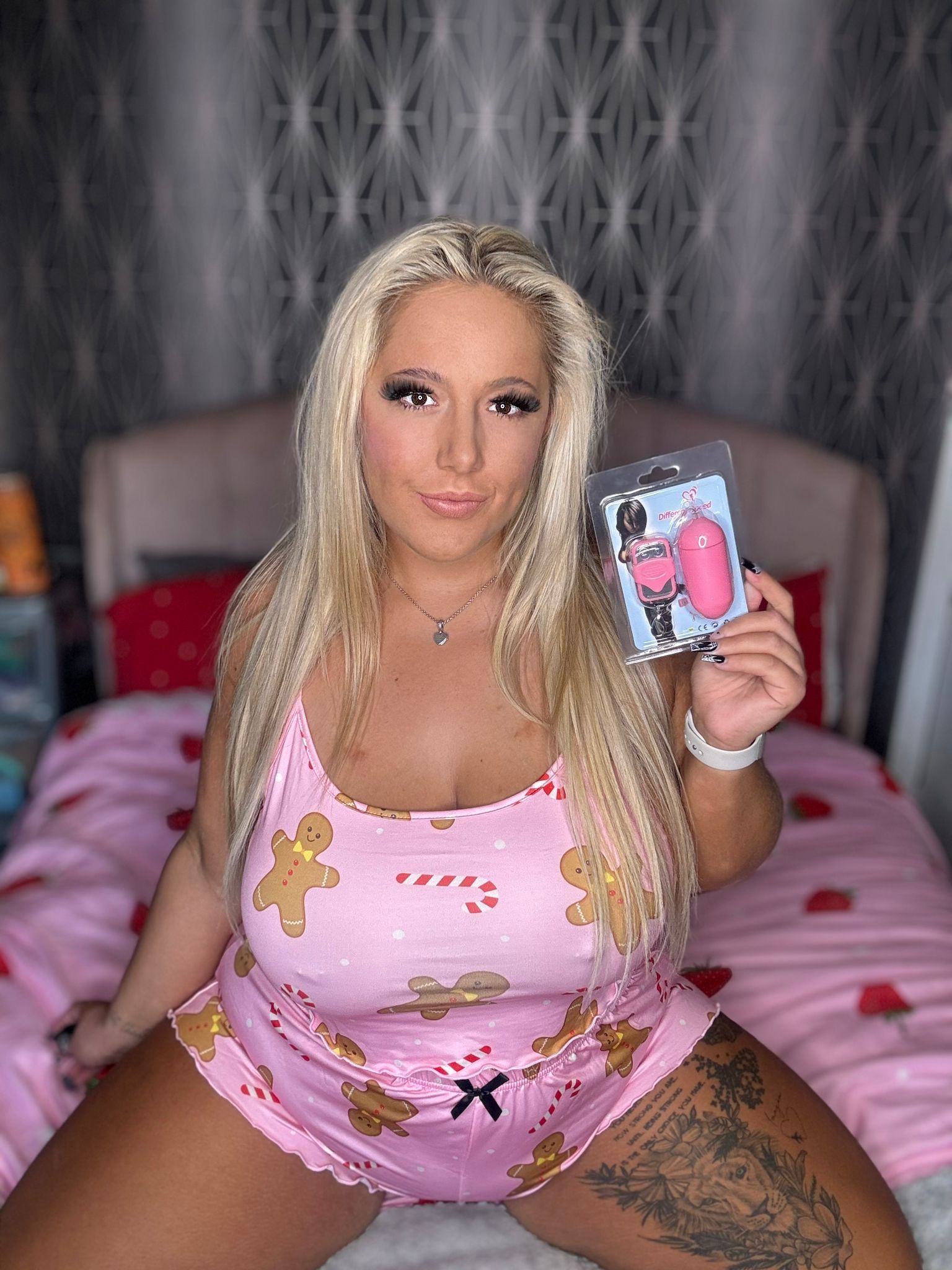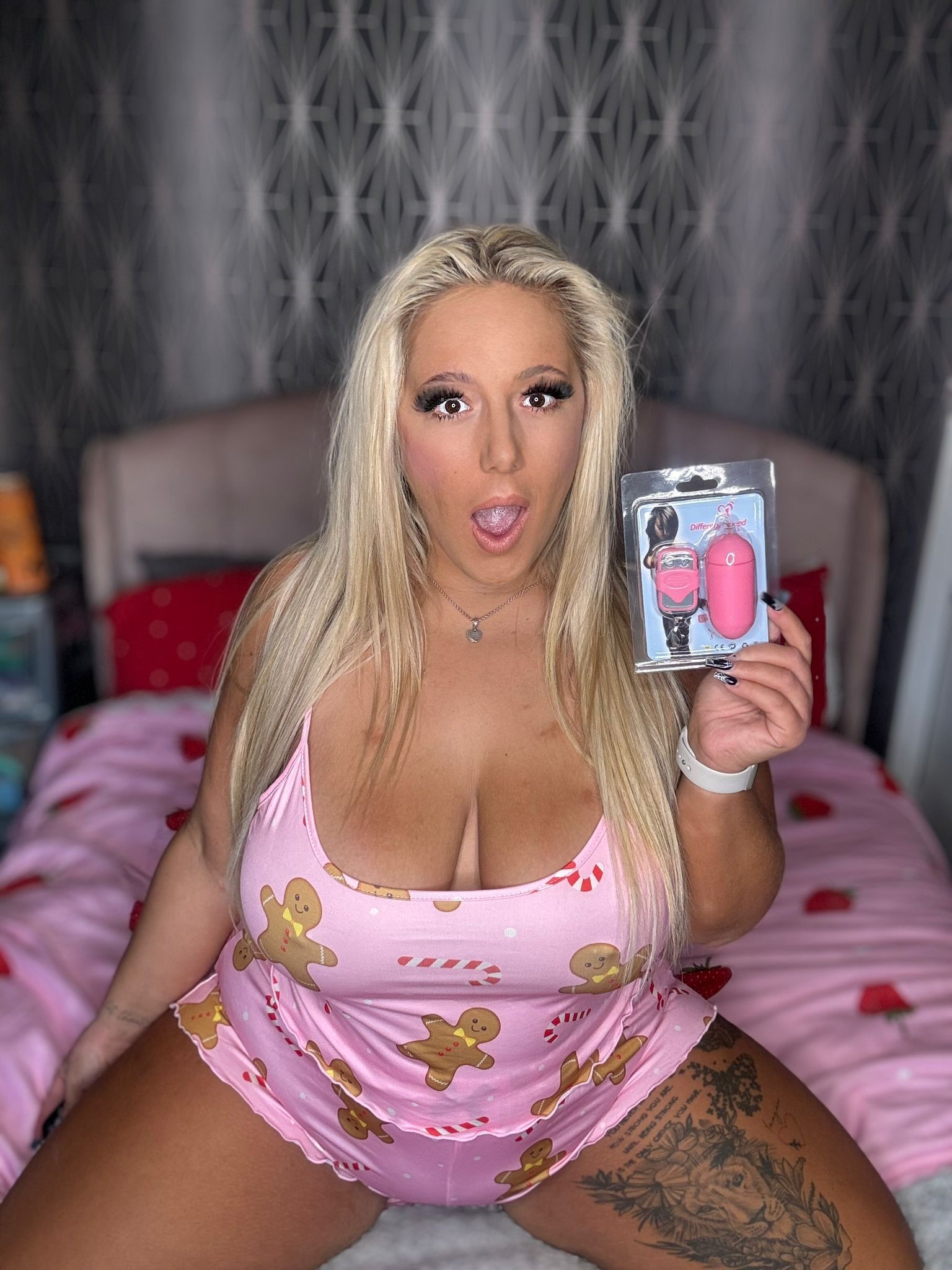Establishing a Safe and Respectful Environment
In any social interaction, creating an environment where individuals feel comfortable and accepted can have a profound impact on building trust and encouraging open discussion. This is particularly true when it comes to conversations about sensitive topics such as sexuality and relationships. When we establish a safe and respectful atmosphere, we create space for honest exploration and understanding, allowing individuals to share their thoughts and feelings without fear of judgment or rejection.
Create space for open and honest discussion
To establish a safe and respectful environment for open and honest discussions about sexuality and relationships, it’s essential to create a space where individuals feel comfortable sharing their thoughts and feelings without fear of judgment or repercussions.
This can be achieved by setting ground rules at the outset, such as encouraging active listening, respecting differing opinions, and avoiding personal attacks. Creating a culture of empathy and understanding is also vital, where individuals are able to acknowledge and appreciate the diversity of human experiences and perspectives.
Additionally, fostering a sense of trust and rapport among participants can help break down barriers and promote open communication. This can be done by establishing a neutral and non-judgmental facilitation style, allowing individuals to feel heard and understood.

The environment should also be free from distractions, biases, and preconceived notions, allowing for an uncluttered and focused conversation. By doing so, it becomes possible for individuals to engage in meaningful discussions about sensitive topics, such as sexuality and relationships, without feeling uncomfortable or threatened.
Finally, it’s crucial to acknowledge that fostering inclusivity in conversations about sexuality and relationships is an ongoing process. It requires a commitment to continuous learning, self-reflection, and growth, as well as a willingness to adapt and evolve in response to new perspectives and experiences.
Use inclusive language and avoid assumptions
Establishing a safe and respectful environment is crucial when discussing sensitive topics such as sexuality and relationships. This involves creating a space where individuals feel comfortable sharing their thoughts and feelings without fear of judgment, rejection, or harm.
- Encourage active listening by focusing on the speaker’s words, tone, and body language.
- Use inclusive language that respects diverse identities, orientations, and experiences.
- Avoid making assumptions about individuals’ backgrounds, cultures, or personal histories.
Respectful dialogue requires empathy, open-mindedness, and a willingness to learn from others. By fostering an inclusive environment, individuals can build trust and develop meaningful connections with one another, leading to more productive and respectful conversations about sexuality and relationships.
- Be aware of power dynamics and try to create a sense of equality in the discussion.
- Use non-judgmental language and avoid labeling or stereotyping individuals based on their identity or orientation.
- Prioritize consent and respect each person’s boundaries and comfort level when discussing sensitive topics.
A safe and respectful environment is not a static state, but rather an ongoing process that requires effort and commitment from all parties involved. By working together to create an inclusive and supportive space, individuals can have more open and honest conversations about sexuality and relationships.
Set ground rules for respectful dialogue
Fostering inclusivity in conversations about sexuality and relationships requires setting clear ground rules for respectful dialogue. Establishing a safe environment where individuals feel comfortable sharing their thoughts and feelings without fear of judgment or retribution is essential.
When creating this space, it’s crucial to define what respectful communication means within your group or community. This includes actively listening to others, avoiding interrupting or talking over one another, and refraining from making assumptions about someone’s identity, orientation, or experience. By doing so, you can create a culture where everyone feels seen, heard, and valued.
Ground rules should also be established regarding language and terminology. This includes using respectful and person-first language (e.g., “person with a disability” instead of “disabled person”), avoiding derogatory terms or slurs, and being mindful of power dynamics and privilege. By setting these boundaries, you can promote empathy, understanding, and inclusivity in your conversations.
Additionally, creating opportunities for education and awareness can help break down barriers and foster a deeper understanding of different identities and experiences. This can include workshops, panel discussions, or simply sharing personal stories and experiences within the group. By doing so, you can build a foundation for inclusive dialogue that is grounded in empathy, respect, and open-mindedness.
Ultimately, fostering inclusivity in conversations about sexuality and relationships requires ongoing effort and commitment from all members of your community. By setting clear ground rules, promoting respectful language, and creating opportunities for education and awareness, you can build a safe and inclusive space where everyone feels valued and respected.
Foster Active Listening and Empathy
In discussions about sexuality and relationships, creating an environment where everyone feels heard, valued, and respected is crucial for fostering inclusivity. This can be achieved by cultivating active listening skills and empathy towards others’ experiences and perspectives. Active listening involves fully concentrating on what the other person is saying, understanding their emotions and underlying messages, and responding in a way that acknowledges their feelings. Empathy takes this a step further by putting oneself in another person’s shoes, trying to imagine how they feel and why they think and behave in certain ways. By integrating these skills into conversations about sensitive topics like sexuality and relationships, individuals can build trust, encourage open communication, and promote a culture of acceptance and understanding.
Encourage participants to share their perspectives
Foster Active Listening and Empathy in Conversations about Sexuality and Relationships
Active listening and empathy are crucial components in fostering inclusivity when discussing sensitive topics such as sexuality and relationships. By creating a safe space for open conversation, individuals can feel heard and understood, leading to more authentic and meaningful interactions. This is achieved through a combination of verbal and non-verbal cues that demonstrate genuine interest in the other person’s perspective.
Non-verbal cues such as maintaining eye contact, nodding one’s head, and leaning forward in their seat can convey engagement and show that the listener is actively paying attention. Verbal cues like paraphrasing and reflecting back what has been said can further reinforce understanding and empathy. For example, saying “Just to make sure I understand, you’re feeling overwhelmed by the pressure to conform to societal expectations?” demonstrates that one is actively listening and trying to grasp the other person’s emotions.
Empathy plays a vital role in this process as it allows individuals to connect with others on a deeper level. When we can put ourselves in another’s shoes and imagine how they feel, it fosters a sense of understanding and acceptance. In conversations about sensitive topics like sexuality and relationships, empathy can help create a space where individuals feel comfortable sharing their true thoughts and feelings.
By fostering active listening and empathy, participants can share their perspectives without fear of judgment or rejection. This openness leads to a more inclusive environment where diverse views and experiences are valued. As individuals listen to one another’s stories and struggles, they begin to see the world from different angles, breaking down barriers and promoting greater understanding and respect.
Acknowledge and validate each person’s feelings and experiences
Foster Active Listening and Empathy in conversations about sexuality and relationships by creating a safe and non-judgmental space where individuals feel heard and understood. This involves acknowledging and validating each person’s feelings and experiences, without necessarily agreeing or condoning their perspectives. By doing so, you encourage open and honest communication, which is essential for building trust and fostering inclusivity.
When engaging in active listening and empathy, focus on understanding the underlying emotions and needs behind someone’s words. This requires attention to nonverbal cues, such as body language and tone of voice, as well as an effort to see things from the other person’s point of view. By putting yourself in their shoes, you can begin to understand their experiences and perspectives, even if they differ from your own.

Validating someone’s feelings involves acknowledging that their emotions are real and deserving of recognition. This doesn’t mean that you have to agree with their perspective or condone their behavior, but rather that you’re recognizing the validity of their emotional experience. For example, “I can see why you’d feel that way” or “That sounds really painful” – these statements acknowledge the person’s emotions without taking a stance on the issue.
Empathy is not just about understanding someone else’s feelings; it’s also about being aware of your own biases and assumptions. By recognizing your own limitations and prejudices, you can approach conversations with a more open and receptive mindset. This allows you to build bridges between different perspectives and foster a more inclusive and compassionate conversation.
Remember that fostering active listening and empathy is an ongoing process that requires effort, patience, and self-reflection. It’s not about achieving some kind of “neutral” or “objective” state; rather, it’s about being willing to learn from others, challenge your own assumptions, and create a safe space for everyone to express themselves.
Seek to understand, rather than trying to “fix” or change others
Foster Active Listening and Empathy by seeking to understand, rather than trying to “fix” or change others.

Empathy is about recognizing and sharing the feelings of another person. In conversations about sexuality and relationships, empathy can be a powerful tool in creating a safe space for individuals to express themselves freely. When we listen actively, we make an effort to understand the other person’s perspective without judgment.
This involves setting aside our own biases and assumptions, and instead, focus on understanding the other person’s experiences and feelings. By doing so, we can build trust and create a sense of safety, allowing individuals to feel more comfortable opening up about their thoughts and desires.
Seeking to understand rather than trying to “fix” or change others requires us to slow down and really listen. It means asking open-ended questions that encourage the other person to share their thoughts and feelings, and then paraphrasing what they have said to ensure we understand their perspective accurately.
In doing so, we can create a space where individuals feel heard, validated, and respected. This, in turn, fosters inclusivity and allows for more honest and authentic conversations about sexuality and relationships.
Avoid Stereotypes and Stigma
Conversations about sexuality and relationships are inherently personal and can be fraught with complexities. However, language often fails to capture the nuances of individual experiences, instead relying on stereotypes and stigma that can be damaging to marginalized communities. To foster inclusivity in these discussions, it’s essential to recognize and challenge the language patterns that perpetuate exclusion.
Redefine language around sex and relationships
Language plays a significant role in shaping our perceptions and attitudes towards sex and relationships. The way we talk about these topics can either perpetuate or challenge stereotypes, stigma, and marginalization. To foster inclusivity in conversations, it’s essential to redefine the language we use and strive for clarity, accuracy, and respect.
Stereotypes and stigma surrounding sex and relationships are often rooted in outdated attitudes, misinformation, and cultural biases. By using language that perpetuates these stereotypes, we risk reinforcing harmful assumptions and contributing to a culture of exclusion. For example, using terms like “slut” or “feminazi” can be demeaning and stigmatizing, while phrases like “man up” or “get over it” can minimize women’s experiences and emotions.
Using inclusive language can help break down these barriers and create a more welcoming environment for individuals from diverse backgrounds and identities. By using person-first language (e.g., “person with a disability” instead of “disabled person”), we can promote respect and dignity. Similarly, using language that acknowledges the complexities and nuances of human experience can help to reduce stigma around topics like sex work, non-monogamy, and LGBTQ+ issues.
Redefining language around sex and relationships requires a shift from binary thinking and heteronormativity. We need to use language that recognizes the diversity of human experiences, desires, and identities. This includes using terms that are inclusive of LGBTQ+ individuals, people with disabilities, and those who identify outside of traditional categories.
By fostering an environment where language is respectful, accurate, and inclusive, we can create a culture that values diversity, promotes understanding, and encourages open dialogue about sex and relationships. This requires effort, empathy, and education, but the benefits are well worth it: a more inclusive, accepting, and loving society for all.
Address systemic inequalities and power imbalances
Avoiding stereotypes and stigma in conversations about sexuality and relationships requires a critical examination of language and its impact on marginalized communities. Systemic inequalities and power imbalances are deeply ingrained in our societal norms, often perpetuated through subtle yet damaging phrases and assumptions.
To create a more inclusive environment, it’s essential to recognize the harm that stereotypes can cause. Language that relies on outdated or inaccurate representations can reinforce stigma and marginalization, leading to feelings of exclusion and invalidation among already vulnerable populations. For instance, using terms like “queer” as an insult or making assumptions about someone’s identity based on their appearance can perpetuate a culture of homophobia and transphobia.
Here are some strategies for fostering inclusivity in conversations:
- Ask open-ended questions to encourage sharing and exploration of identities without making assumptions.
- Use inclusive language that acknowledges the diversity of experiences and perspectives within communities.
- Be mindful of power dynamics, acknowledging how one’s own privilege or bias may impact the conversation.
By taking these steps, we can work towards creating a culture where individuals feel seen, heard, and valued for who they are. This requires a commitment to ongoing education, self-reflection, and dialogue that prioritizes empathy and understanding over rigid ideologies or dogma. By doing so, we can build a more inclusive environment where conversations about sexuality and relationships are truly respectful and affirming of all individuals.
Foster a culture of understanding and acceptance
Avoiding stereotypes and stigma is crucial in fostering a culture of understanding and acceptance, particularly when discussing sensitive topics like sexuality and relationships. Stereotypes perpetuate harmful and limiting notions about individuals based on their sexual orientation, gender identity, or relationship status. These preconceived ideas can lead to discrimination, marginalization, and exclusion.
By recognizing the harm caused by stereotypes and stigma, we can begin to break down barriers and promote a culture of inclusivity. This involves listening to and amplifying the voices of marginalized individuals, seeking out diverse perspectives, and challenging our own assumptions and biases.
Fostering understanding and acceptance requires effort and education from all members of society. It means creating safe spaces for open discussions about sexuality and relationships, where individuals feel comfortable sharing their experiences without fear of judgment or rejection. By doing so, we can build bridges between different communities and promote a more empathetic and compassionate society.
Effective communication is also essential in fostering inclusivity. Using language that is respectful and free from stigma can help create a safe environment for conversation. Avoiding binary thinking and using inclusive language can help individuals feel seen and heard. By working together, we can build a culture that values diversity and promotes understanding, acceptance, and inclusivity.
Incorporate Intersectionality and Diversity
In conversations about sexuality and relationships, fostering inclusivity can make all the difference in creating a safe and welcoming space for individuals from diverse backgrounds. However, traditional language and approaches often neglect the complex intersections of identity, privilege, and power that shape people’s experiences and interactions. The lack of attention to intersectionality and diversity can lead to erasure, marginalization, and exclusion of certain groups, further entrenching social inequalities. To promote inclusivity in discussions about sex, relationships, and desire, it is essential to acknowledge and address the multiple factors that intersect to shape individuals’ experiences, including but not limited to, gender, race, class, ability, age, sexual orientation, and more.
Consider the intersection of multiple identities and experiences
Inclusive conversations about sexuality and relationships require a nuanced understanding of the complexities of human experience. When discussing these topics, it’s essential to consider the intersectionality of multiple identities and experiences. This means acknowledging that individuals may identify as LGBTQ+, but also belong to other marginalized groups such as people of color, women, or those with disabilities.
For example, a queer person of color may face unique challenges in expressing their identity due to racist stereotypes and internalized homophobia. Similarly, a non-binary individual may experience sexism and misogyny when discussing their relationship status. To foster inclusivity, it’s crucial to recognize these intersections and create spaces where individuals feel comfortable sharing their experiences.
- Listen actively and try to understand the complexities of the speaker’s identity and experiences.
- Avoid assumptions and use inclusive language, such as “partner” instead of “boyfriend/girlfriend.”
- Be aware of power dynamics and privilege, and be willing to learn from those who may have different backgrounds and experiences.
- Validate the experiences and identities of others, even if they differ from your own.
Fostering inclusivity in conversations about sexuality and relationships requires effort, empathy, and a willingness to listen. By acknowledging the intersections of multiple identities and experiences, we can create spaces where everyone feels seen, heard, and valued.
Foster an environment where everyone feels represented and included
In order to create conversations about sexuality and relationships that are inclusive and respectful of all individuals, it’s essential to consider the intersectionality of identities such as race, gender, ability, class, and more.
A truly diverse and representative environment can help foster open dialogue by ensuring that everyone feels heard and valued. This means incorporating language and perspectives from marginalized communities to create a space where everyone can contribute and engage without fear of exclusion or erasure.
Language plays a significant role in shaping our understanding of sexuality and relationships. Using inclusive language that acknowledges the diversity of human experiences can help break down stereotypes and stigmas surrounding sensitive topics. For example, using people-first language such as “person with a disability” instead of “disabled person” can help to emphasize dignity and respect for individuals.
Moreover, it’s crucial to create opportunities for marginalized voices to be center stage in conversations about sexuality and relationships. This includes providing platforms for community-led initiatives and amplifying the work of organizations that focus on promoting LGBTQ+ rights, women’s empowerment, and racial justice.
Fostering an environment where everyone feels represented and included requires ongoing effort and commitment. It demands a willingness to learn, listen, and adapt in response to feedback and criticism from members of marginalized communities.
Seek Education and Training
Seek Education and Training (SET) offers valuable resources for those looking to foster inclusivity in conversations about sexuality and relationships. By providing accessible and unbiased information, SET aims to promote a culture of respect, understanding, and empathy.
Provide ongoing education on inclusive language and practices
Inclusive language and practices are essential in conversations about sexuality and relationships, particularly in an English-speaking context where diverse cultures and identities intersect. Seeking education and training on inclusive language can help individuals become more aware of the power of their words and the impact they have on others.
Language is often considered a neutral tool for communication, but it can also be a source of marginalization and exclusion if not used carefully. Inclusive language acknowledges the diversity of experiences, identities, and cultures present in any given conversation or community. For instance, using person-centered language instead of gendered terms can create a more inclusive environment.
One effective approach to fostering inclusivity is by recognizing and avoiding linguistic patterns that perpetuate harm. This includes avoiding language that assumes heteronormativity, biphobia, transphobia, or homophobia. For example, using “partner” instead of “husband/wife,” or referring to a person’s relationship status as “their own” rather than assuming it to be binary.
Education and training can provide individuals with the tools and confidence to navigate complex conversations about sensitive topics. By learning how to use inclusive language and practices, people can create spaces where everyone feels heard, respected, and valued.
Inclusive language is not only a matter of being polite; it’s also a necessary step towards creating a society that values diversity and promotes understanding. By seeking education and training on inclusive language, individuals can become active participants in promoting a culture of respect and inclusivity.
Involve experts and marginalized voices in the conversation
Fostering inclusivity in conversations about sexuality and relationships requires more than just a willingness to listen; it demands a commitment to centering marginalized voices and perspectives. This starts with acknowledging the historical and systemic barriers that have silenced or erased the experiences of LGBTQ+ individuals, people of color, and those with disabilities. Experts in fields such as queer theory, intersectional feminism, and disability studies can provide invaluable insights on how to create spaces for inclusive dialogue.
To achieve this, consider the following strategies:
- Involve diverse stakeholders: Engage with LGBTQ+ community organizations, advocacy groups, and individuals from various backgrounds to ensure that your conversations are informed by lived experiences.
- Cultivate a safe space: Establish clear guidelines for respectful communication, active listening, and empathy, which can be facilitated by experts in conflict resolution or group facilitation.
- Use inclusive language: Avoid linguistic barriers and stereotypes by using person-first language, avoiding assumptions about people’s identities or experiences.
- Amplify marginalized voices: Create opportunities for underrepresented individuals to share their perspectives and expertise, which can help shift power dynamics in conversations around sex and relationships.
- Educate yourself: Continuously learn from experts, educators, and community members about the complexities of human sexuality, relationships, and identity.
Ultimately, fostering inclusivity in conversations about sex and relationships requires ongoing effort, self-reflection, and a willingness to challenge one’s own assumptions. By centering marginalized voices and perspectives, we can work towards creating spaces that are welcoming, safe, and empowering for all individuals.
Evaluate and adapt your approach based on feedback and outcomes
Fostering inclusivity in conversations about sexuality and relationships requires creating a safe and non-judgmental space where individuals feel comfortable sharing their thoughts, feelings, and experiences.
A key approach to promoting inclusivity is to use person-first language, avoiding language that focuses on the individual’s condition or identity, such as “transgender person” instead of “person who was assigned female at birth.” This shift in language helps to emphasize the person rather than their characteristic, reducing stigma and increasing feelings of respect and dignity.
Another important strategy is to listen actively and try to understand different perspectives. By doing so, we can avoid assumptions and stereotypes that may be rooted in biases or misinformation. Instead, we should ask open-ended questions that encourage individuals to share their stories and experiences without fear of being judged or marginalized.
Awareness about the importance of inclusivity is also essential. Educating ourselves about different cultures, identities, and experiences can help us to better understand the diversity of human experience and appreciate its complexity. This education should be ongoing, as language and attitudes around sexuality and relationships are constantly evolving.
Furthermore, it is vital for creating safe spaces where individuals feel comfortable discussing their sexual orientation, gender identity, and relationships without fear of ridicule, rejection, or judgment. Providing access to diverse resources, support groups, and mental health services can help ensure that everyone has equal opportunities to thrive and reach their full potential.
Shop classic butt plugs at Peaches and Screams Shop large bondage accessories at Peaches and Screams Buy Butt Plug Kits for enhanced anal play at Peaches and Screams Buy Aneros products for prostate stimulation at Peaches and Screams Buy unique style vibrators at Peaches and Screams Buy erotic chocolate body paint for playful fun at Peaches and Screams
Dejour Magazine Detailed Weddings LA Emri Studio
- Why Does My Craftsman Series Vape Taste Burnt? - November 12, 2025
- What Is The Best Way To Take CBD Gummy Edibles - November 9, 2025
- What Are The Best CBD Gummy Edibles For Chronic Pain - November 7, 2025
